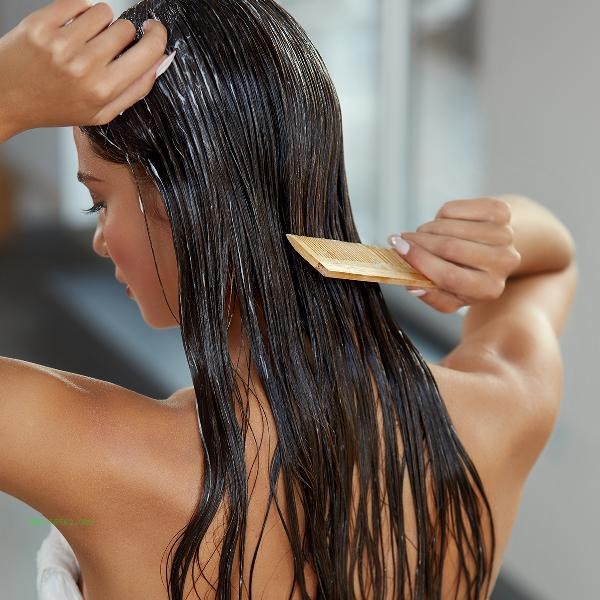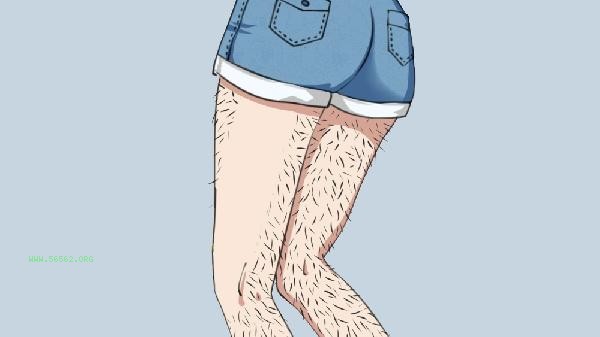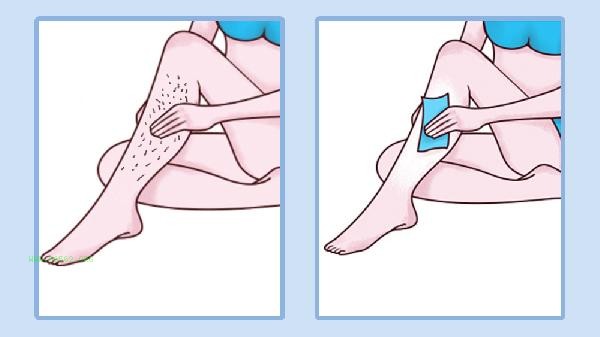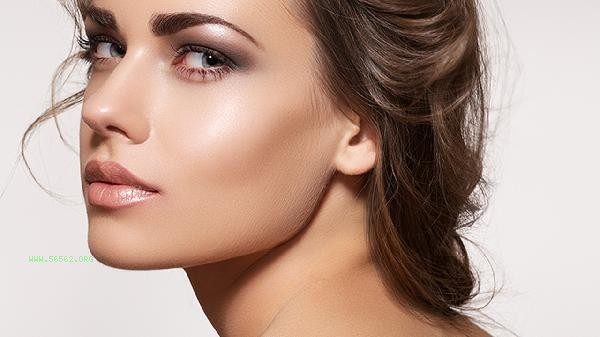Removing body hair may cause folliculitis, pigmentation, or hair ingrowth, and frequent operation may also damage the skin barrier function. The hazards of improper body hair treatment mainly include hair follicle damage, increased risk of infection, skin sensitivity, abnormal hair growth, psychological dependence, etc.
1. Hair follicle injury
Mechanical hair removal can directly pull the hair follicle structure, which may cause swelling or minor bleeding of the surrounding tissue. Repeatedly removing hair from the same area can weaken the regenerative ability of hair follicles, and some hair follicles may permanently shrink. Improper control of force when using tools such as tweezers can easily cause damage to hair papilla cells, affecting the normal growth cycle of subsequent hair.
2. Risk of infection
Micro wounds formed after hair removal may become channels for bacterial invasion, and pathogens such as Staphylococcus aureus can easily cause suppurative inflammation around hair follicles. Sweat infiltration or clothing friction in summer can increase the probability of infection, and in severe cases, it can develop into boils or even cellulitis. People with low immunity such as diabetes patients should be more alert to secondary infection.
3. Skin sensitivity
Frequent hair removal can damage the integrity of the epidermal stratum corneum, leading to a decrease in skin barrier function. The processed hair follicle area may experience persistent erythema or burning sensation, and reduced tolerance to ultraviolet radiation and cosmetic ingredients. Some individuals may develop contact dermatitis, characterized by discomfort symptoms such as itching and flaking.
4. Abnormal hair
Reverse extraction may change the direction of hair growth, causing hair to curl and grow, piercing into the epidermis to form endogenous hair. Abnormal activity of melanocytes during trauma repair can cause pigmentation and dark spots at the site of hair removal. Some areas may experience compensatory growth of hair that becomes thicker and harder.
5. Psychological dependence
Compulsive hair pulling behavior may develop into hair pulling addiction, which belongs to the category of psychological and behavioral disorders. Patients often relieve anxiety by plucking their hair, which can lead to psychological dependence and difficulty in self-control. Long term repeated operations can lead to sparse hair in specific areas, and in severe cases, cognitive-behavioral therapy intervention is necessary.
It is recommended to choose gentle hair removal methods such as laser hair removal or home hair removal devices, and pay attention to disinfection and cleaning before and after treatment. Avoid high temperature bathing and strenuous exercise within 24 hours after hair removal. Apply ceramide containing repair lotion. If there is obvious redness, swelling, heat pain or purulent discharge, seek medical attention promptly for anti infective treatment. It is necessary to keep the skin moist in daily life, and do physical sun protection when the ultraviolet rays are strong to prevent the aggravation of pigmentation. Establish a scientific understanding of hair management to avoid the formation of unhealthy behavior habits.








Comments (0)
Leave a Comment
No comments yet
Be the first to share your thoughts!